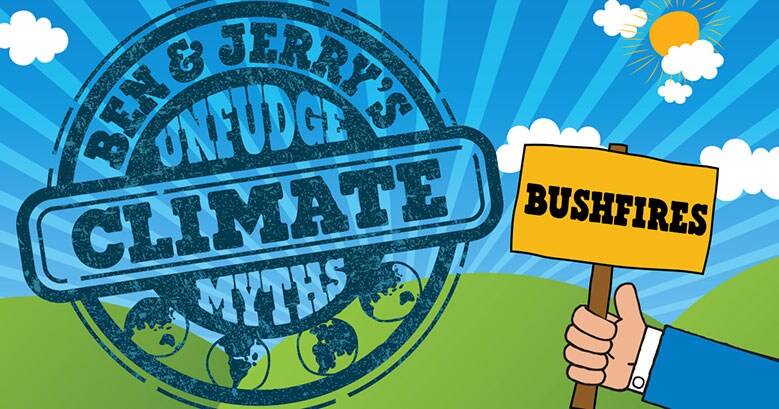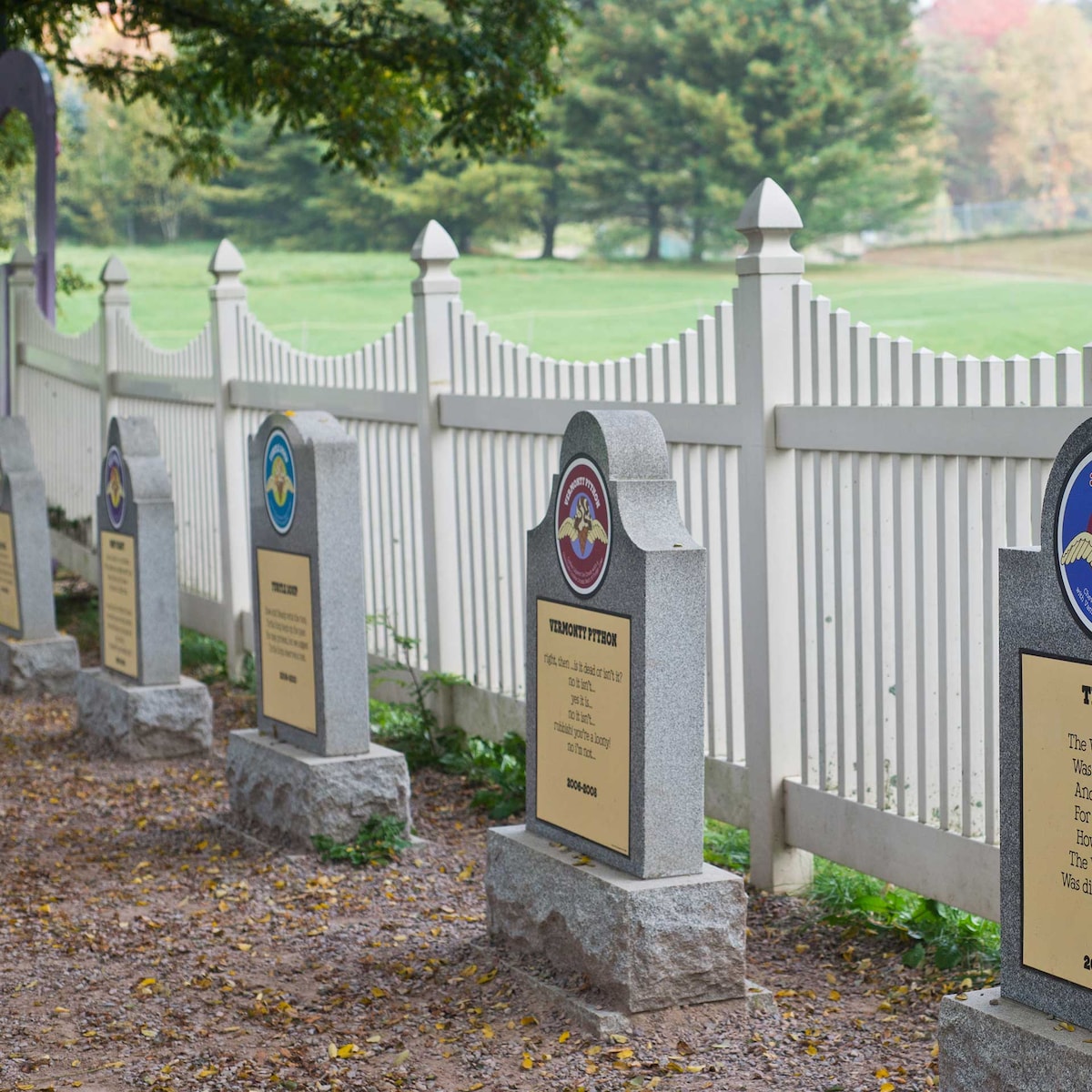Unfudging Climate Myths:

Australia’s driest year, hottest decade and devastating bushfires – the weather in Australia has been more than a little crazy.
Extreme weather events like the bushfires are being driven by climate change. There is a lot of confusing information out there so we worked with our scientist friends at the Climate Council to help unfudge the facts and explain the link between a warming planet and the bushfires. Let us explain.
ITS GETTING HOT IN HERE
Yep, it’s been one crazy hot summer and one crazy hot year. We aren’t exaggerating – 2019 was the hottest year on record ever for Australia and the 2010’s were the hottest decade the world has ever seen. While that means an excuse to blast Nelly and eat more Phish Food, its bad news for us, our climate and the world’s ecosystems.
Long-term global warming of not just Australia, but the whole planet, means more record-breaking hot temperatures and heatwaves that are longer, more frequent and more intense. When you mix this heat with bushfires, the results are catastrophic.
Once fires are burning, dry and hot weather (along with windy conditions) makes it easier for sparks to take hold and help bushfires spread. This creates hotter, bigger and more dangerous and extreme bushfires.
LIGHTNING
The heat doesn’t only make dry conditions worse, it also changes what’s going on in the sky. The increasing heat increases the risk of lightning, which is a key factor in starting fires.
DRY AUSTRALIA
Not only was 2019 Australia’s hottest year, it was also Australia’s driest year. The evidence is clear – climate change is influencing this drying trend. Hot and dry conditions mean there is more dry fuel for fires to burn. These dots are easy to join – more dry fuel to burn helps make bushfires more extreme.
If roasting marshmallows over a campfire has taught us one thing, wood that is dry burns hotter and faster. If dry soils and fuels combine with hotter temperatures, it’s like pouring gasoline on a fire. The result? You guessed it. More extreme bushfires.
LONGER FIRE SEASON
Climate change is also making the summer seasons hotter and longer, which means that fire seasons are lasting longer and there are less opportunities for fuel reduction burning.
CONNECTING THE DOTS
When you connect the dots, you can see why climate has impacted this bushfire season so badly. A fire needs to be started (ignition), it needs something to burn (fuel), and it needs conditions that help it spread (hot, dry and windy weather). All of these factors have been made worse by climate change and this has helped to supercharge the recent bushfires in Australia.
WHAT’S CAUSING THIS?
Australia is a big contributor to global climate change because of our burning of coal and gas for energy but also because of our fossil fuel exports. As the largest coal exporter in the world, we are responsible not just for the coal we burn but also Australia’s coal that is being burned in other countries and contributes to even more CO2 globally.
WHAT CAN BE DONE?
The good news? We know what the solution is - we have to reduce carbon emissions immediately. As in, NOW. We must end the extraction of all fossil fuels and we need to a demand a fast, fair, and just transition to 100% renewable energy and an immediate end to all fossil-fuel projects.
This is a huge opportunity to create a more just, equitable and sustainable Australia. Yes, please! Is it impossible? Hell, no! We’ve all seen how quickly change can come when the people rise up and demand it. HELLO democracy! Your voice is incredibly important in this – you can join the increasing number of Australian’s demanding climate action here.
Ben & Jerry’s have been fighting for climate justice since the first scoop and are doing what we can to make sure we see this change in Australia happen and fast, which is why we partnered with our friends at The Climate Council to help unfudge climate myths. If you want to find out more about the science of climate change and how it can be tackled, visit our friends at The Climate Council to learn more.


